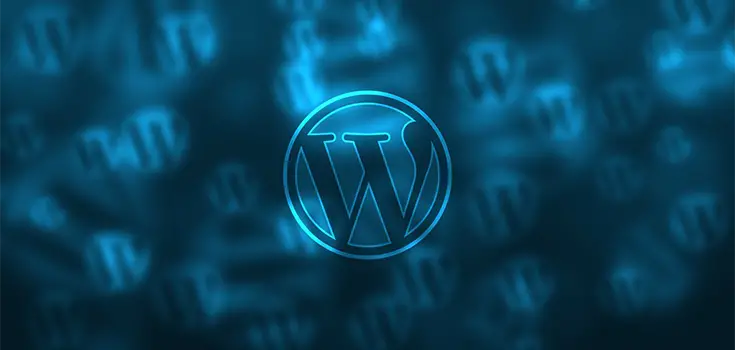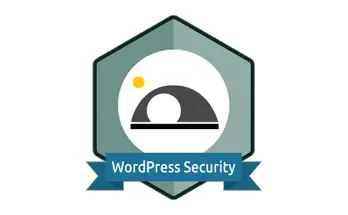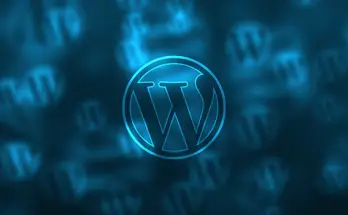Images are an integral part of any website and are used in all sorts of different ways. From breaking up paragraphs of text to visualizing data and showing professional portfolio work, images help users have great online experiences.
Having high-quality visuals, however, can take a toll on your website. With higher resolutions comes larger file sizes, which also means slower loading times. Images are often the cause of a poor site performance
Why It’s Important to Optimize WordPress Images
Website page load time is affected by numerous factors, one of these factors are images. Images are large files and when you have a few hundred images on your site, it can make quite a difference in how fast it loads. Image optimization is an effective way to reduce the image size without having to compromise on losing image quality.
Optimizing images for the web not only makes your site load faster but it also improves user experience. Another major advantage is that when your images are optimized, you’ll save a lot of space on your site’s hosting server. You can use a third-party solution, such as this one, to help you manage this process.
That being said, let’s take a look at the best WordPress image optimization methods, how the automate the process and improve performance, and quality.
Use Image Optimization Plugins
One of the easiest ways to automate image optimization in WordPress is by using a plugin. There are multiple kinds of plugins available in the WordPress plugin repository. They can help compress images for the web, resize images or help with lazy loading.
- ShortPixel—a lightweight, multi-purpose image optimization plugin that optimizes both images and PDF files. By optimizing images with this plugin, users can significantly improve their site’s performance and reduce its page load times. ShortPixel is compatible with WooCommerce making it a popular choice for e-commerce sites.
- Smush.it—compresses WordPress images automatically without losing their quality. Works with existing images and newly uploaded images.
- EWWW Image Optimizer—one of the most popular image optimization plugins for WordPress that processes PNG, JPG, and GIF images. This plugin has a built-in bulk optimization that processes your entire image collection. It is useful if you have hundreds of images in their media library.
- Compress JPEG & PNG—integrates with the WordPress image compression services TinyJPEG and TinyPNG to automatically optimize images when uploaded. Provides encoding for progressive JPEGs and compatible with WP Retina 2x, WP Offload S3, WooCommerce and is WPML as well as multisite compatible.
- Imsanity—a WordPress image compression plugin that not only resizes the image on your website to a size that is compatible with the display in the browser but makes it large enough for the users. The plugin will resize the image automatically as soon as the user uploads it and replaces it with the resized image.
- Optimus—reduces the file size of uploaded media files automatically. Optimus can reduce the image file size by 70%, depending on the image and format.
Tweaking Your functions.php File
Functions.php file is a template used by WordPress themes. It acts like a plugin and loaded automatically in both admin and front-end pages of a WordPress site. This file defines functions, classes, actions, and filters to be used by other templates in the theme. It can be used to add features and extend the functionality of both the theme and the WordPress installation.
The functions.php file enables to modify the way WordPress treats images. For example, if you have one of the image compression plugins installed, you don’t need WordPress’ built-in JPEG compression capabilities. You can simply turn off this function using the add_filter function.
|
1 |
add_filter( 'example_filter', 'example_callback' ); |
Another useful trick is to remove the width and height attributes from images. WordPress images are uploaded with the width and height attributes by default. These attributes assist the browser in making the appropriate dimensions for the image during layout. However, there are times when these dimensions will directly contradict something you are trying to achieve with CSS. You can remove width and height by using the add_filter function.
Image Dedicated CDN
If you are targeting more than just a local audience, then a CDN is the most efficient way to improve your image download speeds. Image CDNs specialize in the transformation, optimization, and delivery of images. Image URLs used by image CDNs indicate the image file name and parameters like size, format, and quality. This makes it easy to create variations of an image for different use cases.
An image CDN knows the best possible version of an image that should be served. This means that it knows the screen size and resolution of the device, the DPI, as well as supported image formats. An image CDN will dynamically render a master image to fit those specifications of the device.
There are many good options for image CDNs. Some will have more features than others, but all of them will help you optimize images and load your pages faster.
Conclusion
Learning how to optimize your WordPress images is easy, and it shouldn’t take you long to set up a workable system. After all, there are a lot of ways to add this feature. That means you can enjoy all the benefits of compressed images (such as a quicker site), without micromanaging the process.




Hey, you write so well. You explained everything amazingly well. Much thanks for sharing such insights. Keep it up :)